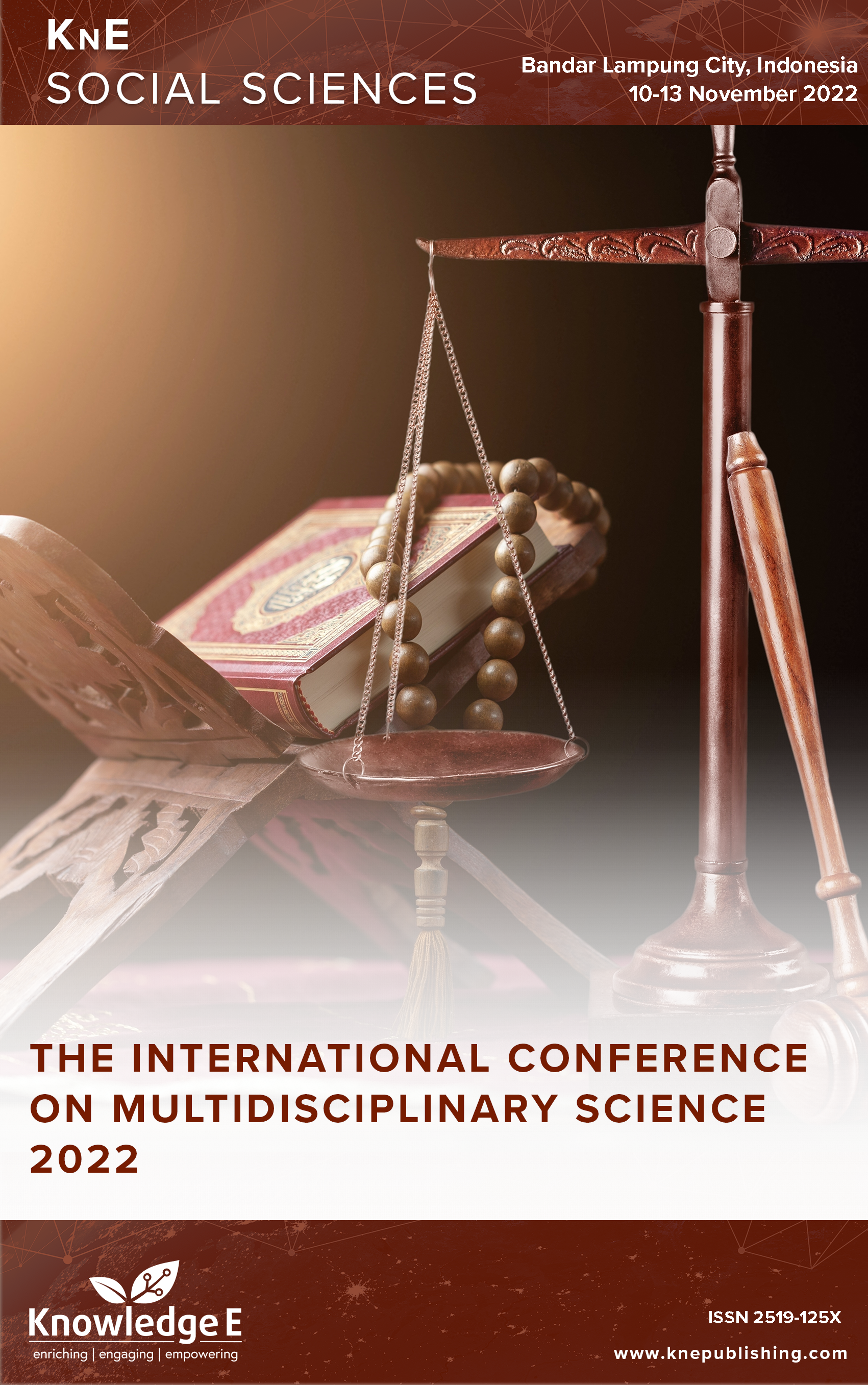Can Lexicographic Goal Programming, Artificial Neural Networks, and Value-at-risk Methods be Effective in Analysis of 50 Highest Trade Frequency Issuers Optimum Portfolio
DOI:
https://doi.org/10.18502/kss.v8i16.14043Abstract
This study aims to describe the optimal stock portfolio as a series of processes for selecting a stock portfolio that suits the needs and desires of investors. The variable used is the daily closing price of the stock exchanges listed on the Indonesia Stock Exchange for the period September 1, 2016 to September 1, 2022 for 50 stocks with the highest trading frequency in the first quarter of 2022 using the value at risk, lexicographic goal method, programming, neural networks, and artificial neural networks. It is known that the value-at-risk method in generating shortfalls is carried out using a valuable approach that exceeds the threshold where the assumption of a 5% tail minimum return is generalized with the Pareto distribution. The input of the neural network in producing the output obtained through the PACF and ACF plots is t1. Issuer price forecasts are obtained using the neural network method and the backpropagation algorithm for each issuer, an SSMS of Rp. 1808.3, ICBP of Rp. 12,717, ASII Rp. 6832.1, BBNI of Rp. 6234.6, INCO of Rp. 2781.8, CPIN of Rp. 12,763, TLKM worth 2630.1, SCMA Rp. 2885.5, and WSKT worth Rp. 1575.7. The issuers obtained have a small MAPE value, which is below 10%. Programming the lexicographical objectives resulted in the nine selected issuers having a minimum standard of risk with maximum returns. Of the nine stocks selected, CPIN, SSMS, BBNI, ICBP, TLKM, ASII, INCO, SCMA and WSKT.
Keywords: return, value at risk, lexicographic goal programming, backpropagation
References
[2] Aliffia Permata Sakarosa BSSU. Optimum portfolio analysis with the highest trading frequency on the Indonesian Stock Exchange using lexicographic goal programming, value at risk, and artificial neural network methods. J ITS Sci Arts. 2022;4(2).
[3] Ball R, Gerakos J, Linnainmaa JT, Nikolaev VV. Deflating profitability. J Financ Econ. 2015;117(2):225–248.
[4] Beaver WH. Perspectives on recent capital market research. Account Rev. 2002;77(2):453–474.
[5] Cohen G, Kudryavtsev A. Investor rationality and financial decisions. J Behav Fin. 2012;13(1):11–16. https://doi.org/10.1080/15427560.2012.653020
[6] Dimas A, Azhari M, Khairunnisa K.. Perhitungan Value At Risk (Var) Dengan Metode Historis Dan Monte Carlo Pada Saham Sub Sektor Rokok. Jurnal Riset Bisnis Dan Manajemen. 2018;11(1):1–8.
[7] Gerber A, Vogt B, Hens T. Rational Investor Sentiment. 2002.
[8] Hermuningsih S. Introduction to the Indonesian capital market. Yogyakarta: UPP STIM YKPN. 2012.
[9] I Made Dwi Rendra Graha NPAD. Optimal portfolio analysis of the single ındex model in companies ıncluded in the LQ-45 Index. Unud Management E-Journal. 2016;5(2).
[10] Kenett DY, Tumminello M, Madi A, Gur-Gershgoren G, Mantegna RN, Ben-Jacob E. Dominating clasp of the financial sector revealed by partial correlation analysis of the stock market. PloS One. 2010;5(12):e15032.
[11] Mahatma ANEDLL. Linear goal programming for optimization of production planning. Proceedings of the SWCU VII National Science and Science Education Seminar. 2013.
[12] Ocampo JA, Stiglitz JE. Capital market liberalization and development. OUP Oxford. 2008.
[13] Peylo BT. A synthesis of modern portfolio theoryand sustainable ınvestment. J Invest. 2012;21(4):33–46.
[14] Rohmah SM, Suharsono A. Estimasi Value at Risk dalam Investasi Saham Subsektor Perbankan di Bursa Efek Indonesia dengan Pendekatan Extreme Value Theory. Jurnal Sains Dan Seni ITS. 2017;6(2):D204–D209.
[15] Saepudin Y, Yasin H, Santoso R. Analisis risiko investasi saham tunggal syariah dengan Value at Risk (VaR) dan Expected Shortfall (ES). Jurnal Gaussian. 2017;6(2):271–280.
[16] Tamiz M, Jones DF, El-Darzi E. A review of goal programming and its applications. Ann Oper Res. 1995;58:39–53.

